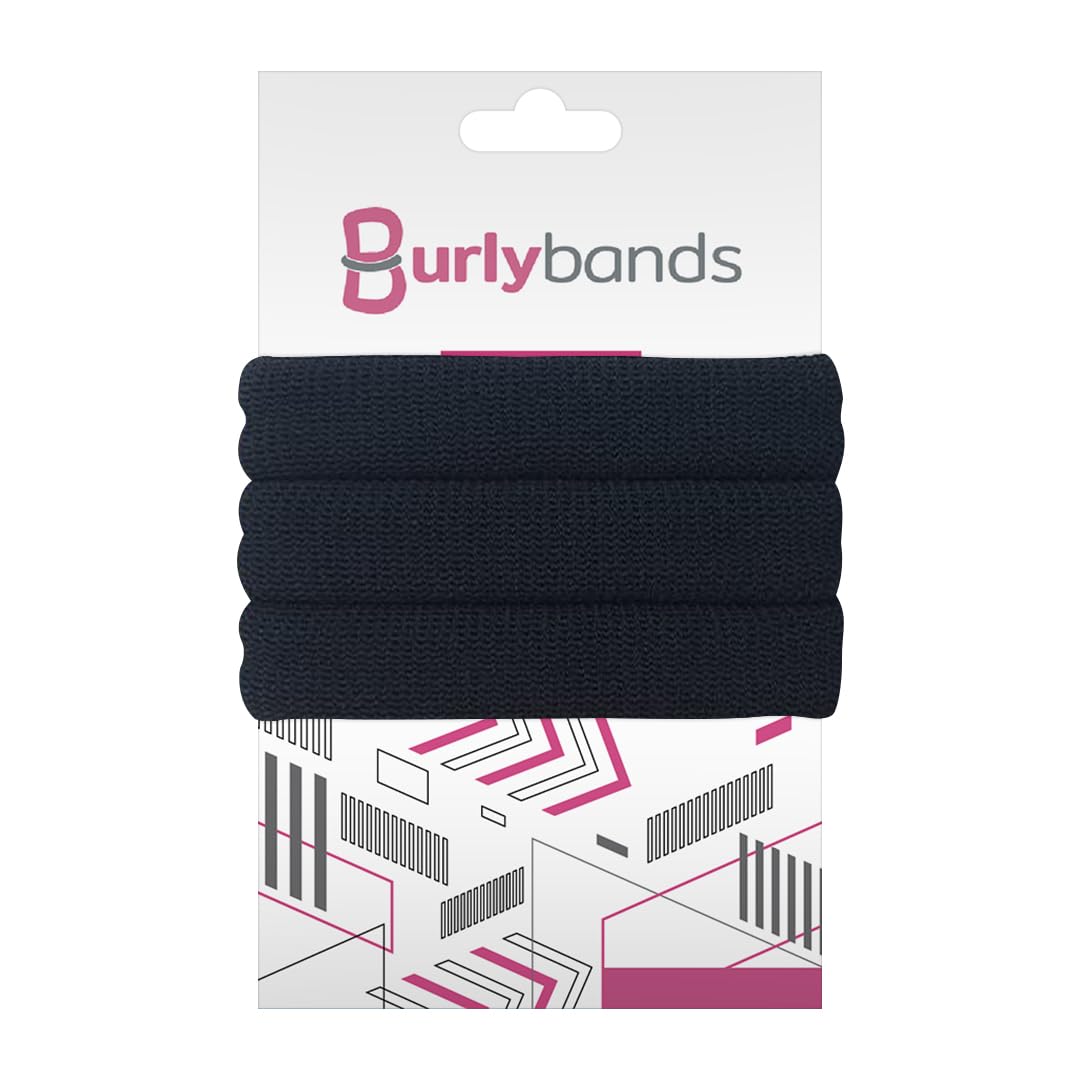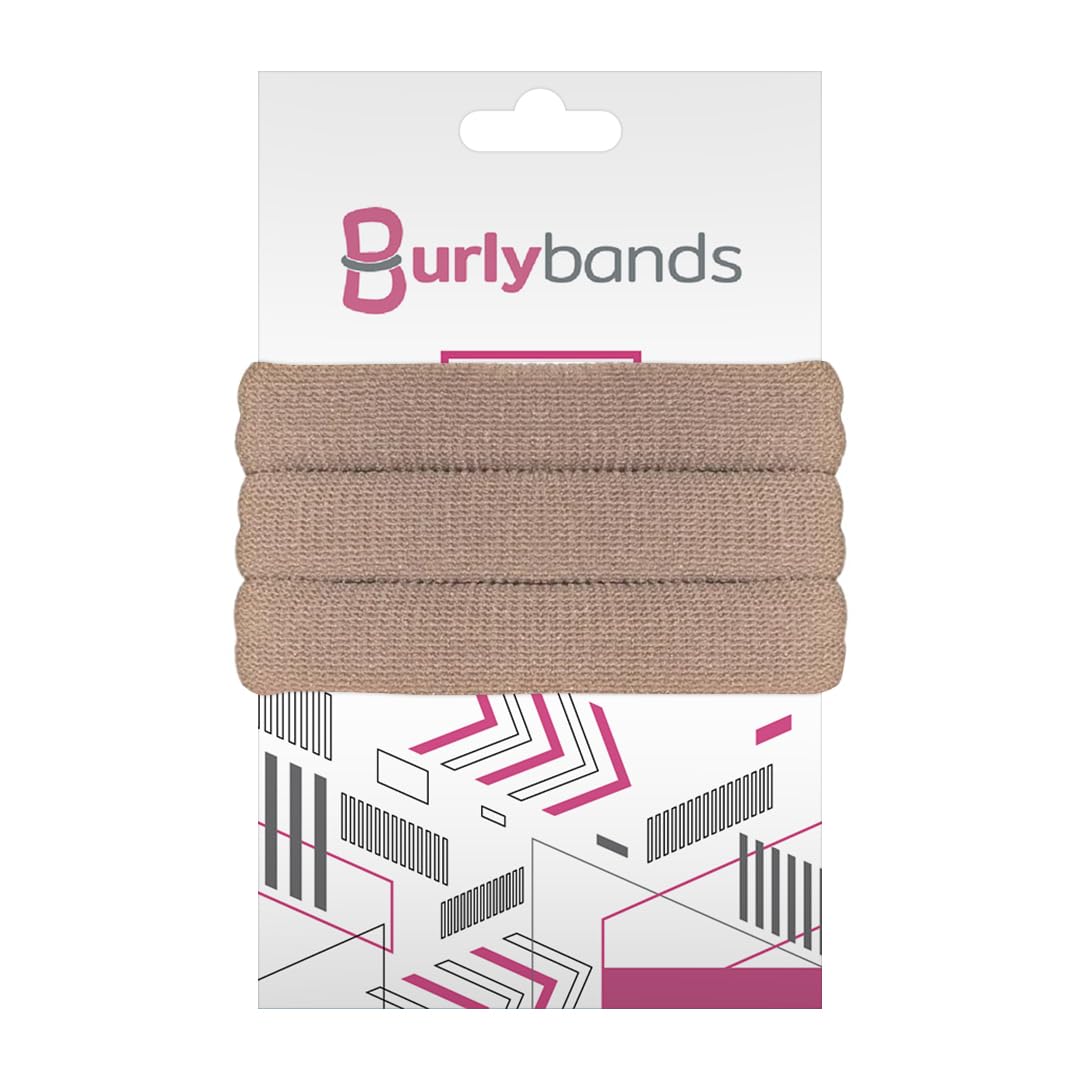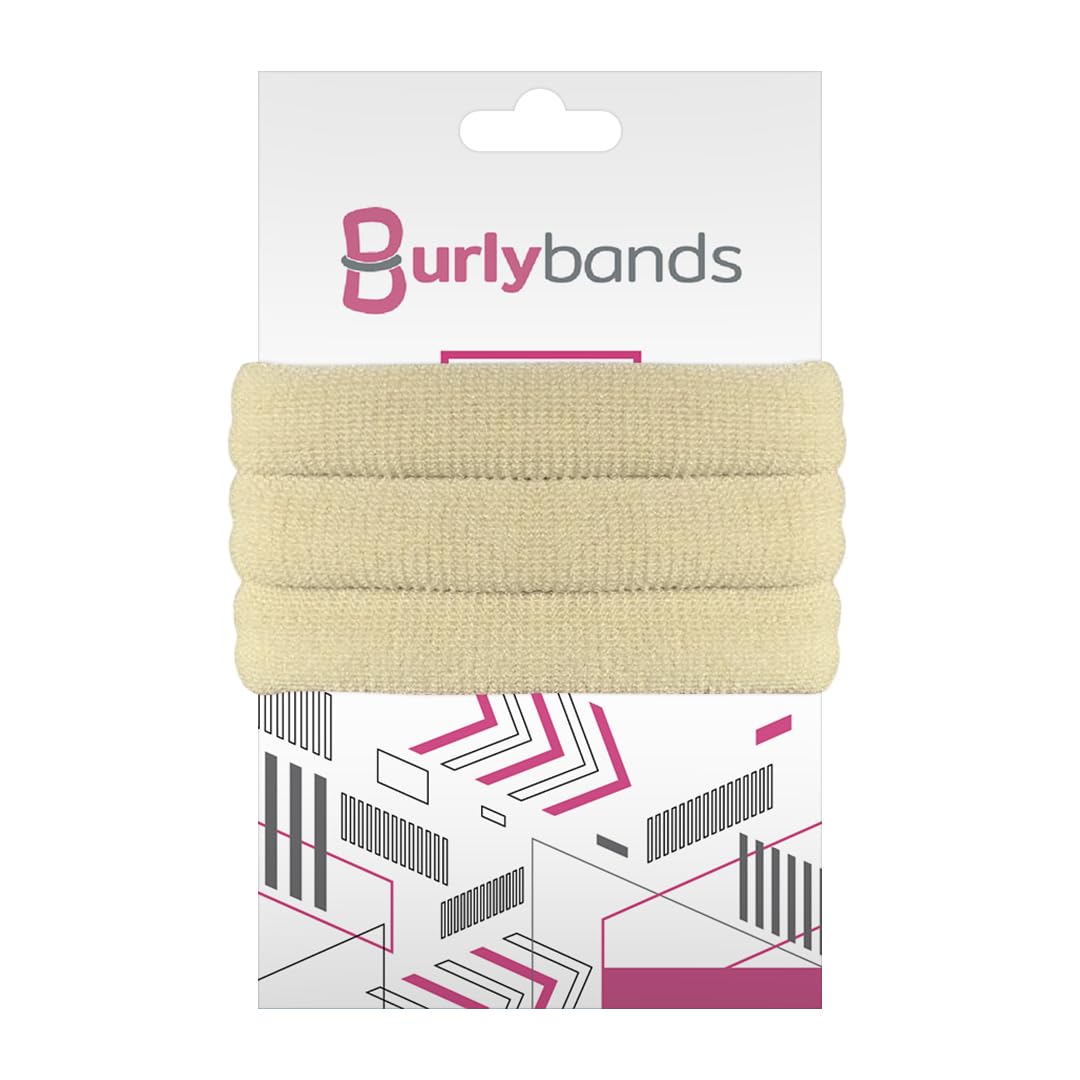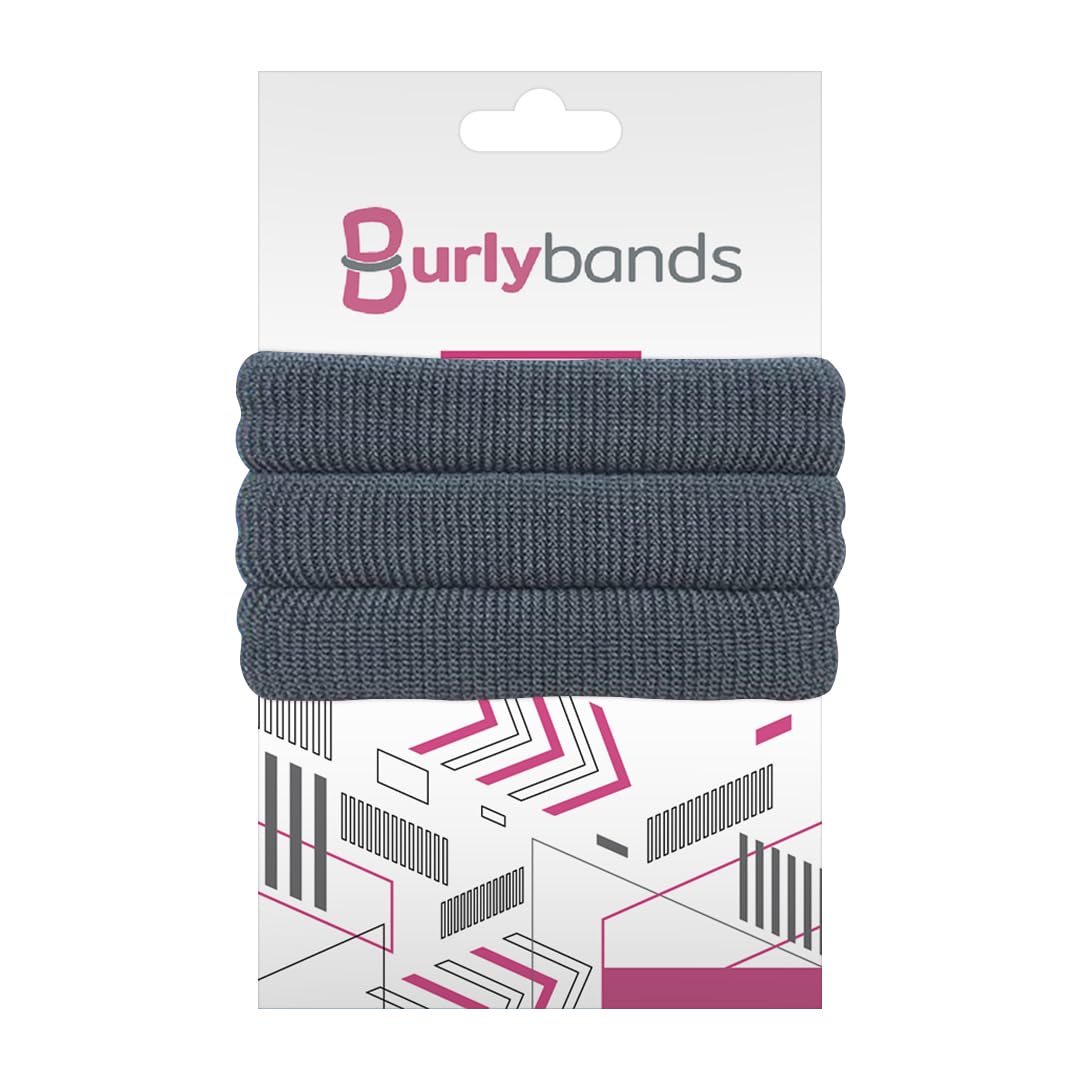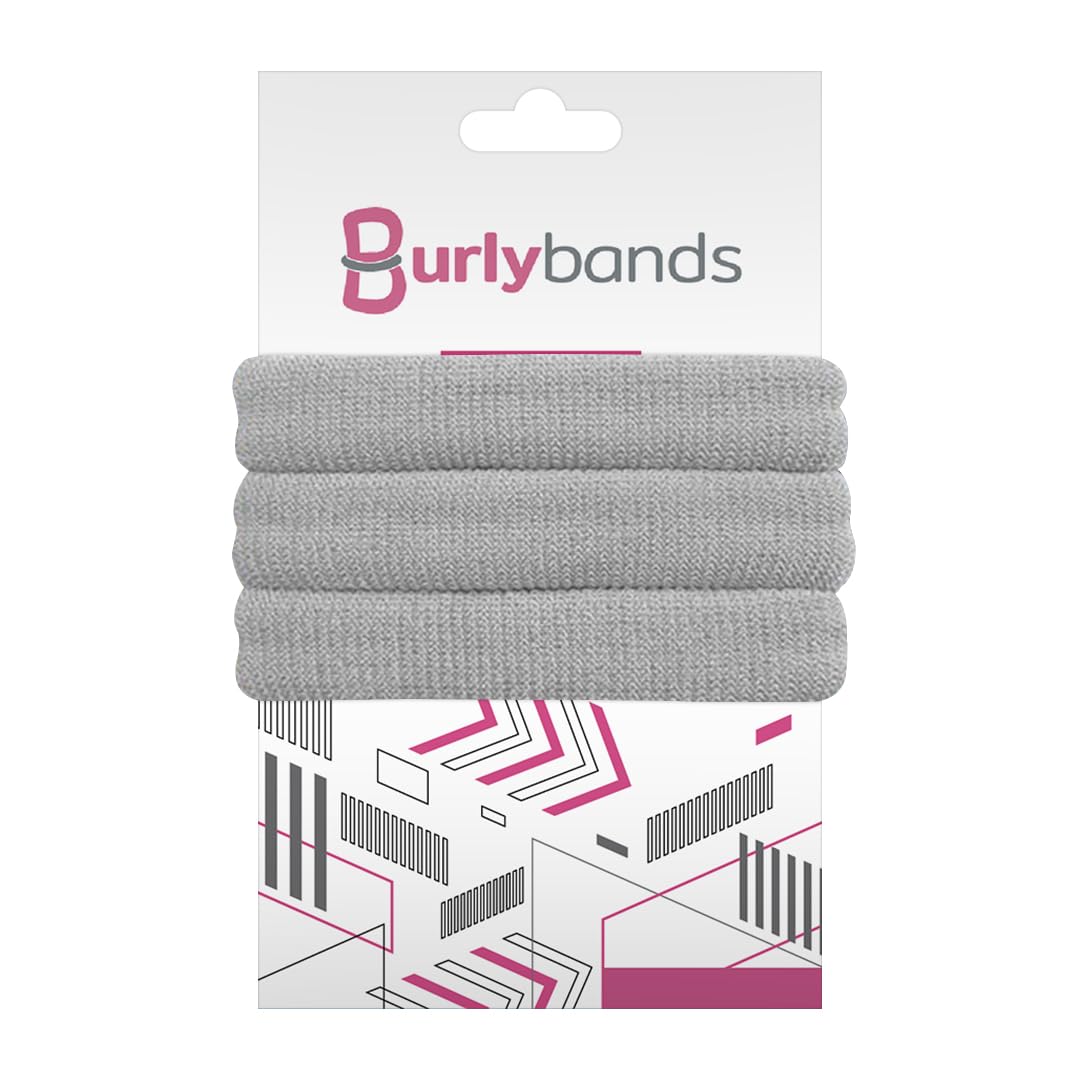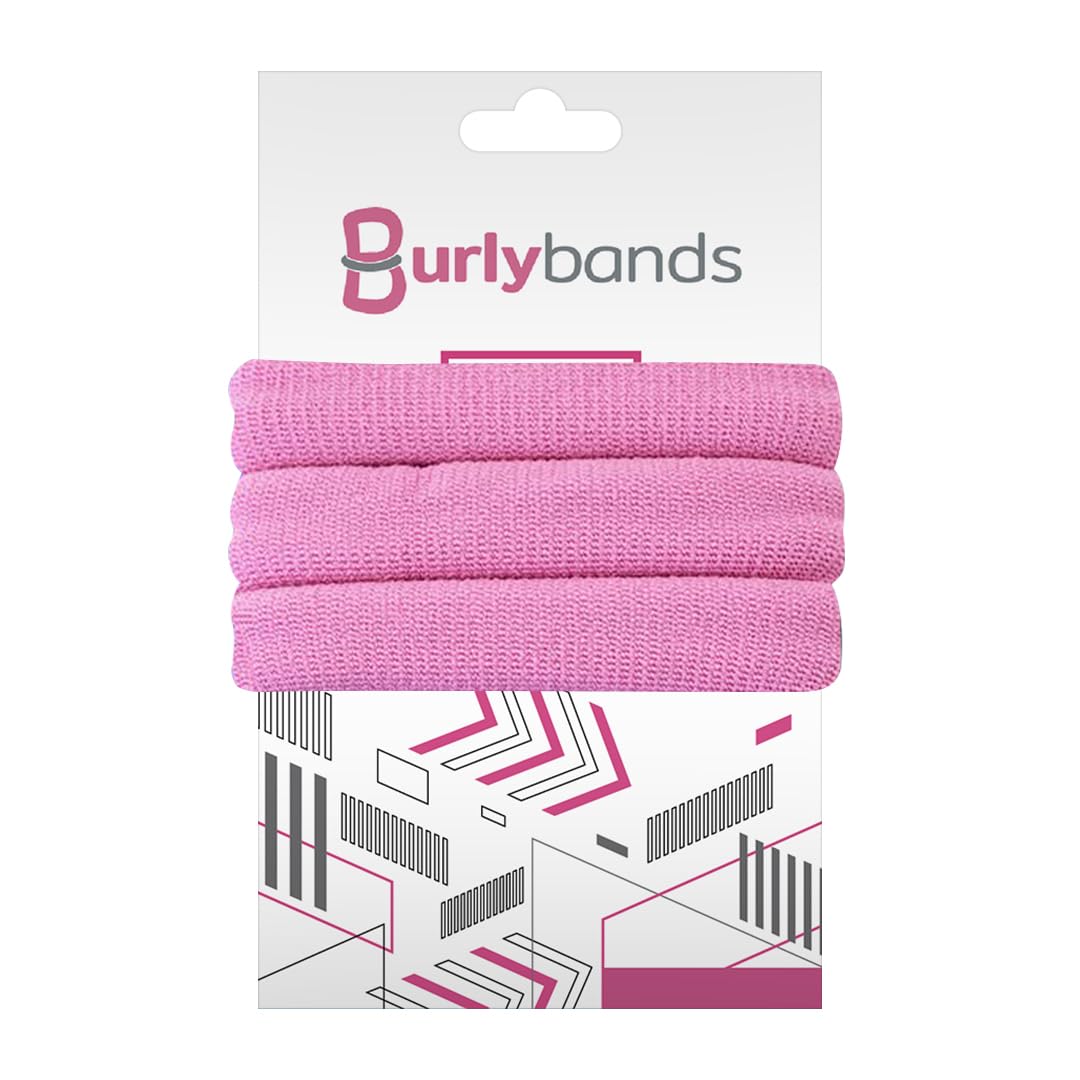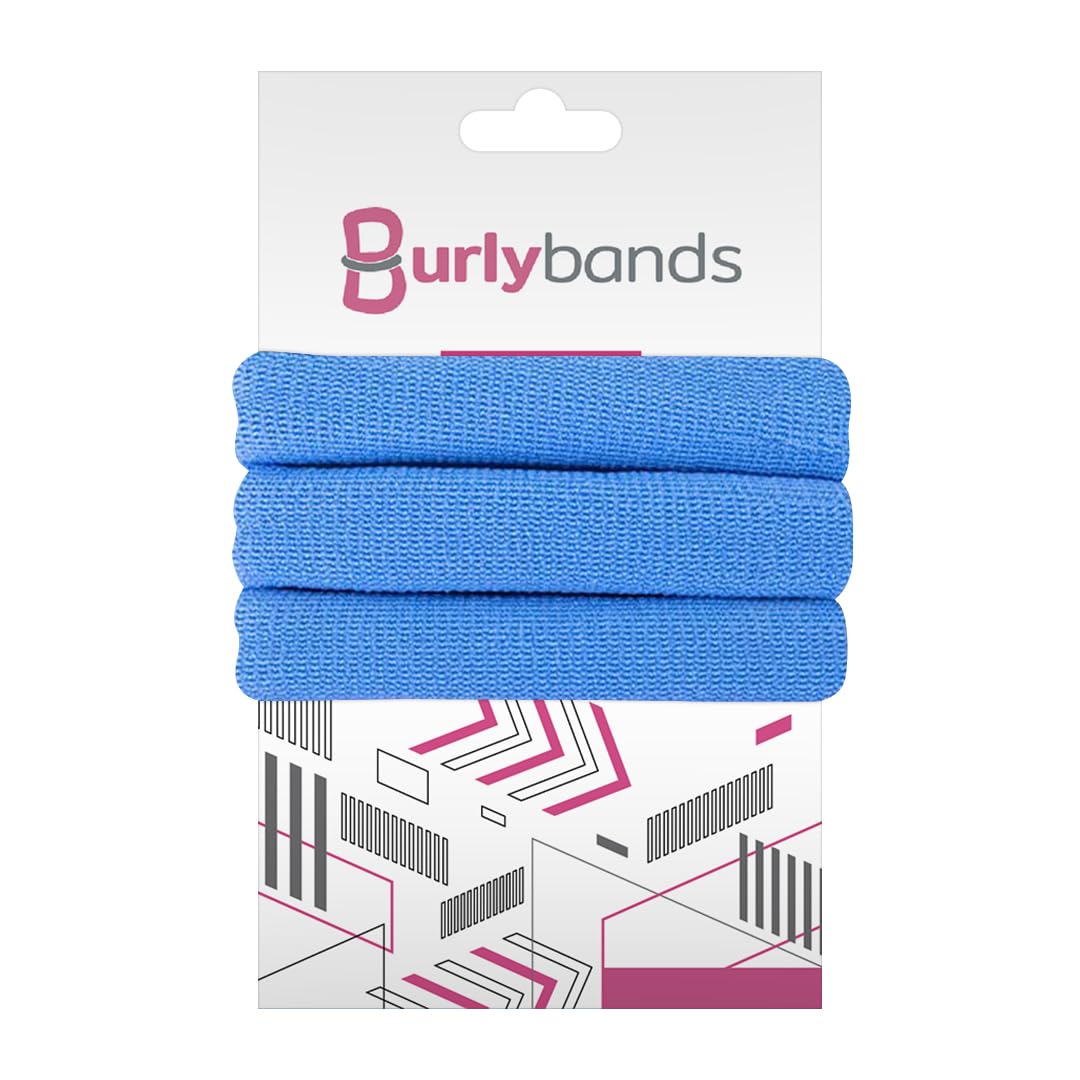We frequently give our hair priority over our scalp. However, scalp care is essentially skincare, and ignoring the area where your hair grows can cause problems in the future. In this blog, we'll go over what scalp buildup is, why it happens, and how to manage it in order to maintain the long-term health of your hair.
What Is Scalp Build-Up?

Credit: Envato Elements/ Nikki_meel
Scalp build-up/scalp buildup is a condition when one or more substances, including sweat, chemicals, dead skin cells, debris, hair products, and sebum or scalp oils, accumulate on the scalp over time to create a thin, itchy layer.
The signs and symptoms of scalp buildup are extremely similar to eczema, scalp psoriasis, and seborrheic dermatitis. If ignored, this condition can clog hair follicles, causing irritation, infection, and hair loss.
What Causes Scalp Buildup?
There are two types of causes for scalp buildup: environmental causes and natural causes.
1) Natural Causes

Credit: Envato Elements/ Nikki_meel
The following are the natural causes of scalp buildup:
Sebum
Sebum, a waxy oil produced by the sebaceous glands under the epidermis of your scalp, keeps your hair hydrated. However excess production or accumulation of sebum can lead to scalp buildup.
Dead Skin Cells
Skin cells have a cycle in which they develop, die, and then are shed to make place for new growth. For some individuals, these dead skin cells do not shed quickly enough, resulting in buildup and flaking.
Sweat
Your scalp produces sweat, just like the rest of your body. However, excessive sweating without regularly washing your hair could cause a buildup of grime on your scalp. This is particularly true if you skip washing your hair after working out.
Environmental Causes

Credit: Envato Elements/ Bondarillia
The following are the environmental causes of scalp buildup:
Product Buildup
Hair care products such as hair oils, conditioners, shampoos, and hair gels can occasionally leave a residue that contributes to the buildup on your scalp if they are not thoroughly washed off.
Pollution
Pollutants including smoke, dust, and other particle matter can lead to scalp build-up and potentially cause scalp acne by clogging the skin's pores.
The Symptoms of Scalp Build-Up

Credit: Envato Elements/ Prostock-Studio
Scalp build-up is a flaky, greasy-feeling residue that might have an unpleasant odor. It has an appearance similar to dandruff. If neglected, it continuously builds, flakes off, and falls while producing a variety of symptoms and issues such as itchiness and redness of the scalp.
How to Treat Scalp Buildup
If you have a buildup on your scalp, you can try a number of at-home remedies to minimize the flakiness, itchiness, and odor it might cause, including:
1) Regularly Brush and Shampoo Your Hair

Credit: Envato Elements/ Prostock-Studio
If you have scalp build-up, it is essential that you wash your hair every 2-3 days (or more if you have very oily hair). Additionally, pick a clarifying shampoo and lightly massage it through your hair while you're in the shower. Use warm water to rinse it off rather than hot water, which could dry out the scalp and lead to more flaking and itching.
Brushing your hair regularly is also essential. It can promote both an increase in blood flow and hair growth. Furthermore, it improves the moisture and shine of hair by spreading the natural oils of your scalp across the entire strand.
2) Use a Scalp Scrub

Credit: Envato Elements/ Anikona
Another great way to get rid of scalp buildup is by using scalp scrubs. There are two different types of scalp scrubs: chemical scrubs, which contain naturally exfoliating acids and enzymes that breakdown dead skin cells and lift up debris, and physical scrubs, which use grains (such as sugar and salt) to physically exfoliate the scalp and remove buildup.
Whatever type you choose, be sure to apply the scrub prior to shampooing, then thoroughly rinse it out in the shower.
3) Try an Apple Cider Vinegar Rinse

Credit: Envato Elements/ Sea_Wave
Lastly, try washing your scalp and hair with an apple cider vinegar rinse. Apple cider vinegar is renowned for its ability to get rid of scalp bacteria. This rinse is especially beloved by those who follow the "no-poo" approach, in which they completely skip the use of shampoo in their hair care routine. Although using apple cider vinegar as a rinse may not completely remove scalp buildup, it can help to get rid of the germs that cause it.
How to Prevent Scalp Buildup
If you frequently get scalp buildup, use the following preventative measures to maintain a healthy scalp:
1) Avoid Excess Use Of Products

Credit: Envato Elements/ AtlasComposer
Using hair care products is a great way to style and take care of your hair. However, since excessive use can dull your hair and lead to an accumulation of scalp buildup, make sure to use them sparingly. For best performance, strictly follow the recommended quantity of the product.
2) Maintain a Healthy Hair Routine

Credit: Envato Elements/ YuriArcursPeopleimages
Your hair can become oily and greasy as a result of pollution and harsh chemicals. If you wash your hair often, it will stay clean. Additionally, make sure that you wash your hair after every workout. While working out, you perspire through your scalp skin. If you leave it sitting, this may cause accumulation on your scalp.
3) Have a Focused Hair Care Routine

Credit: Envato Elements/ StudioVK
To keep your hair healthy, follow a tailored hair care routine that is suitable for your hair type. Use products designed specifically for your hair type. For instance, curly hair may benefit greatly from the application of curl creams, gels, curly shampoos, and conditioners. If you have straight hair, however, using the same products would cause scalp buildup.
Summary
If ignored, scalp buildup can soon turn from an irritating itch to a serious condition that can be very painful. As a result, if you suffer from any of the symptoms listed above, be sure to follow the recommended preventive measures and remedies. If your symptoms are severe or persistent, visit a dermatologist as soon as possible.
 Log in
Log in


